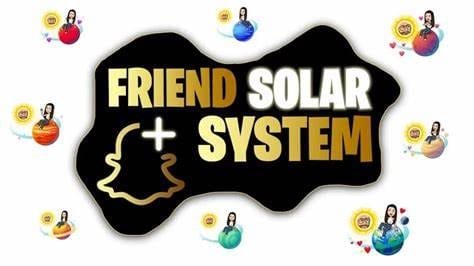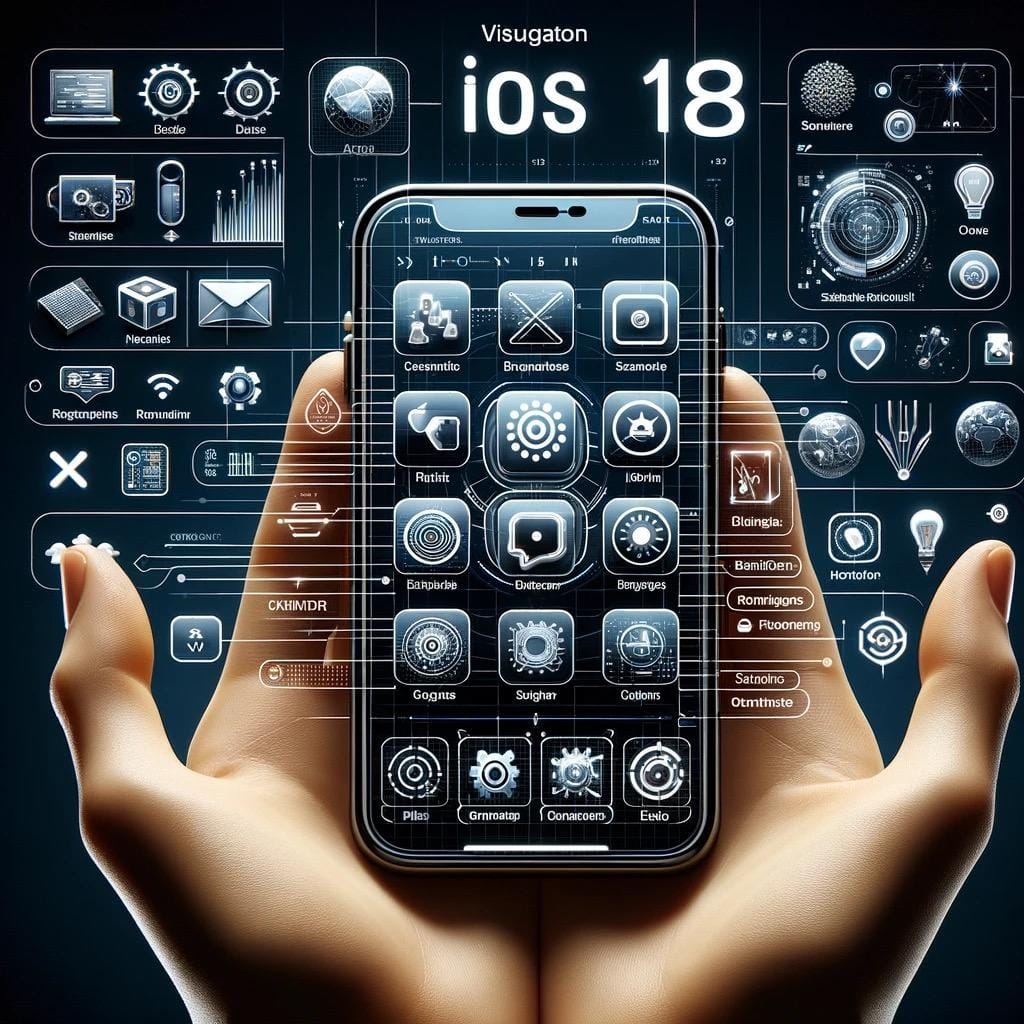Table of Content
Best Friends List in the Solar System
Best Friends List in the Solar System – The universe is vast, but even in our solar system, there are unique pairs and celestial bodies that seem like the ultimate cosmic best friends. Let’s explore the most iconic friendships in the solar system!
1. Earth and the Moon
Earth and the Moon have a bond like no other. The Moon’s gravitational pull stabilizes Earth’s tilt, ensuring we experience relatively stable climates. These two have been inseparable for over 4.5 billion years, making them the oldest best friends in the solar system.
Why They’re Best Friends:
- The Moon gives Earth a stable axis.
- Tidal effects from the Moon create a unique bond between them.
2. Jupiter and Its Moons
Jupiter is surrounded by a large family of moons, with the Galilean moons—Io, Europa, Ganymede, and Callisto—being the closest companions. Together, they form a vibrant planetary system. Europa, with its potential to harbor life, could be Jupiter’s best friend with a hidden ocean beneath its icy crust.
Why They’re Best Friends:
- Io and Europa help balance gravitational forces around Jupiter.
- The moons protect Jupiter from incoming asteroids.
3. Saturn and Titan
Saturn, known for its majestic rings, shares a close relationship with its largest moon, Titan. Titan’s thick atmosphere and liquid methane lakes make it one of the most Earth-like celestial bodies. Together, Saturn and Titan are a duo that represents the mystery of the gas giant and the allure of its moon.
Why They’re Best Friends:
- Titan provides a fascinating contrast to Saturn’s gaseous nature.
- The two showcase the diverse nature of planetary bodies in the solar system.
4. The Sun and Mercury
Mercury is the closest planet to the Sun, and although the Sun blazes with intense heat, Mercury remains loyal, orbiting it in just 88 days. Their close proximity creates an unbreakable gravitational bond.
Why They’re Best Friends:
- Mercury has an elliptical orbit that brings it closer to the Sun than any other planet.
- Their relationship highlights the intense forces in our solar system.
5. Neptune and Triton
Neptune’s largest moon, Triton, is unique because it orbits in the opposite direction of Neptune’s rotation—a rare relationship that stands out in the solar system. Despite their differences, these two are closely tied together, sharing a gravitational embrace.
Why They’re Best Friends:
- Triton’s retrograde orbit makes this bond stand out.
- Neptune’s gravitational pull has a significant effect on Triton’s unusual orbit.
Mars and Phobos
Mars has two moons, Phobos and Deimos, but Phobos is its closest companion. This tiny moon orbits Mars faster than the planet rotates, making it a unique sight. Phobos is slowly spiraling toward Mars and may eventually collide with it in millions of years, but for now, they remain cosmic partners.
Venus and the Sun
Venus, often called Earth’s “sister planet,” has a unique relationship with the Sun. Although it’s the second planet from the Sun, Venus is the hottest planet in the solar system due to its thick atmosphere trapping heat. The intense bond between Venus and the Sun highlights the planet’s fiery nature.
- Venus reflects the Sun’s light brilliantly, making it one of the brightest objects in the sky.
- Their relationship showcases the powerful effects of solar radiation on planetary atmospheres.
Why They’re Best Friends:
- Phobos’ quick orbit means Mars never loses sight of its companion.
- Their bond represents one of the most dynamic gravitational interactions in the solar system.
The solar system is full of unique friendships between celestial bodies. From planets and moons to stars and comets, these bonds remind us of the vast interconnectivity of the cosmos. Whether you’re looking up at the night sky or learning about our neighboring planets, the friendships in space are out of this world.
Best Friends List in the Solar System Best Friends List in the Solar System Best Friends List in the Solar System Best Friends List in the Solar System Best Friends List in the Solar System





[…] Federation), an organization that focuses on space exploration and astronomy within India. The list includes planets from our solar system as well as a selection of exoplanets discovered through various space missions and telescopic […]